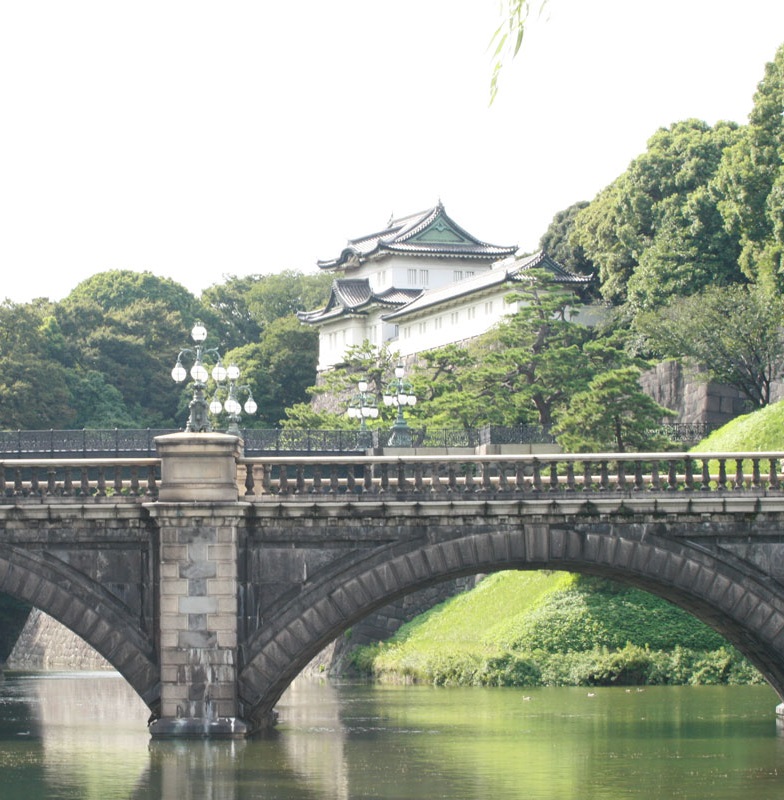Momiji-gari
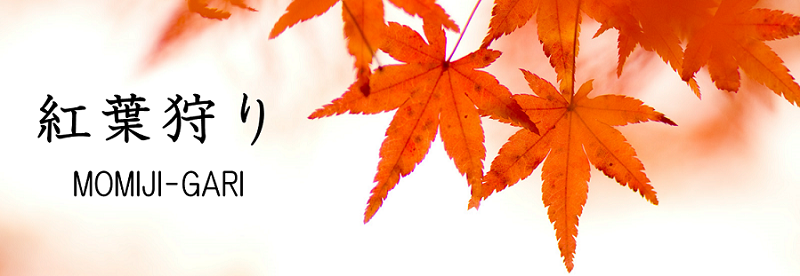
Go enjoy colored leaves, Japanese popular pleasure in autumn
Feeling1: prosperous, thankful, treasure
Feeling2: stay strong, modest, patient
Feeling3: calm, silent, peaceful
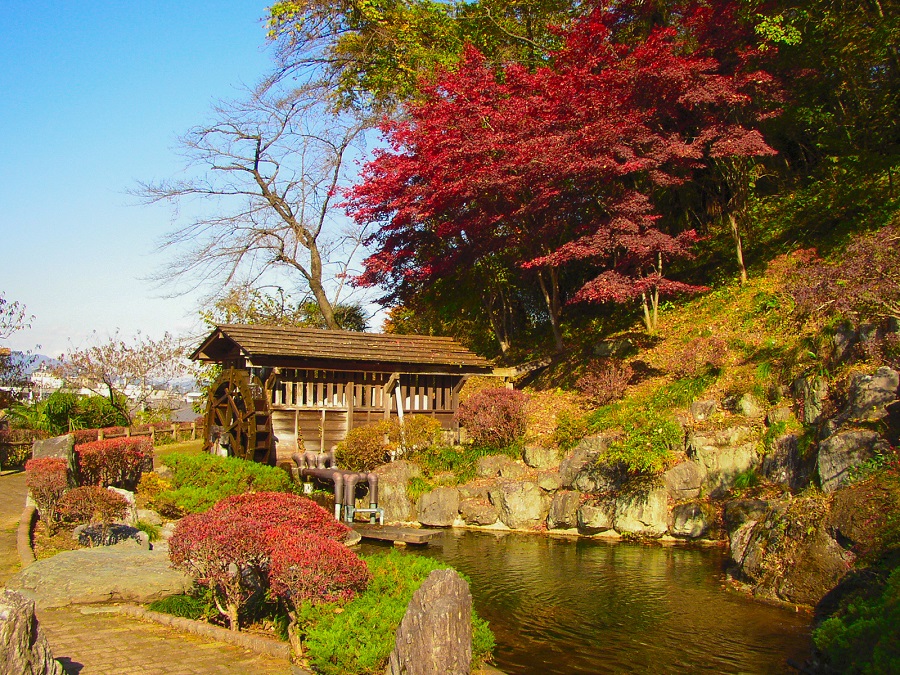

Go enjoy colored leaves, Japanese popular pleasure in autumn
Feeling1: prosperous, thankful, treasure
Feeling2: stay strong, modest, patient
Feeling3: calm, silent, peaceful

![]() January 1: GANJITSU - New Year's Day
January 1: GANJITSU - New Year's Day![]() 2nd Monday of January: SEIJIN no HI- Coming of Age Day
2nd Monday of January: SEIJIN no HI- Coming of Age Day![]() February 11: KENKOKU KINEN no HI - National Foundation Day
February 11: KENKOKU KINEN no HI - National Foundation Day![]() March 20 or 21: SHUMBUN no HI - Spring Equinox Day
March 20 or 21: SHUMBUN no HI - Spring Equinox Day![]() April 29: SHOWA no HI - Showa Day
April 29: SHOWA no HI - Showa Day![]() May 3: KENPO-KINEN-BI - Constitution Memorial Day
May 3: KENPO-KINEN-BI - Constitution Memorial Day![]() May 4: MIDORI no HI - Greenery Day
May 4: MIDORI no HI - Greenery Day![]() May 5: KODOMO no HI - Children's Day
May 5: KODOMO no HI - Children's Day![]() 3rd Monday of July: UMI no HI - Marine Day, Ocean Day, Sea Day
3rd Monday of July: UMI no HI - Marine Day, Ocean Day, Sea Day![]() 3rd Monday of September: KEIROH no HI - Respect for the Aged Day
3rd Monday of September: KEIROH no HI - Respect for the Aged Day![]() Around September 23: SHUBUN no HI - Autumnal Equinox Day
Around September 23: SHUBUN no HI - Autumnal Equinox Day![]() 2nd Monday of October: TAIIKU no HI - Health and Sports Day
2nd Monday of October: TAIIKU no HI - Health and Sports Day![]() November 3: BUNKA no HI - Culture Day
November 3: BUNKA no HI - Culture Day![]() November 23: KINRO KANSHA no HI - Labor Thanksgiving Day
November 23: KINRO KANSHA no HI - Labor Thanksgiving Day![]() December 23: Tenno-Tanjobi - The Emperor's Birthday - since 1989
December 23: Tenno-Tanjobi - The Emperor's Birthday - since 1989
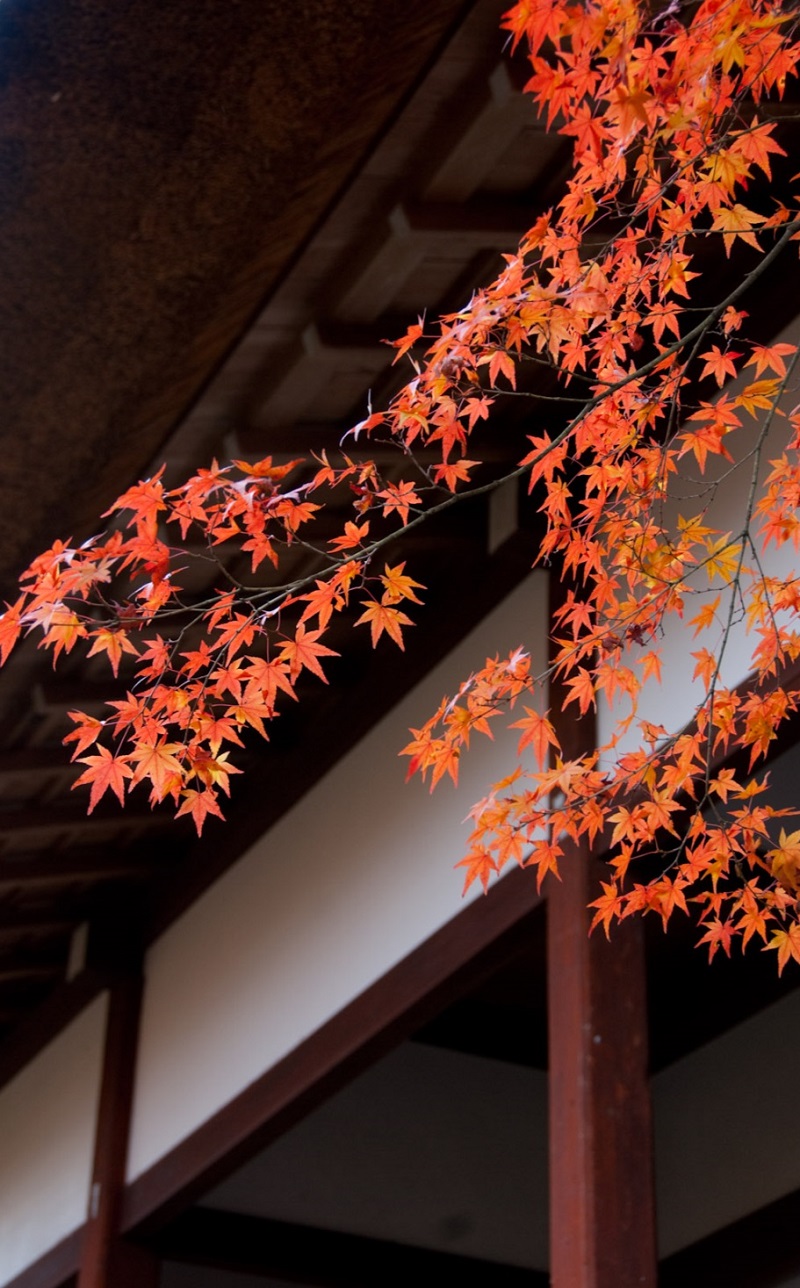
Decorate KADOMATSU and SHIMEKAZARI at the entrance to protect the family from evils, KAGAMIMOCHI inside the house hoping happy lives during the year.
Celebrate a New Year with OSECHI and OZONI-special dishes for New Year, and OTOSO-special drink for New Year, at home. Then, go to shrine and pray to keep safe during the year.
Visit relatives and acquaintances to greet wishing them healthy, prosperous lives during the year.
Children expect OTOSHIDAMA, special present for new year-usually some money.
Enjoy New Year cards, Japanese traditional games such as KARUTA, HANETSUKI, KOMA, FUKUWARAI, etc.
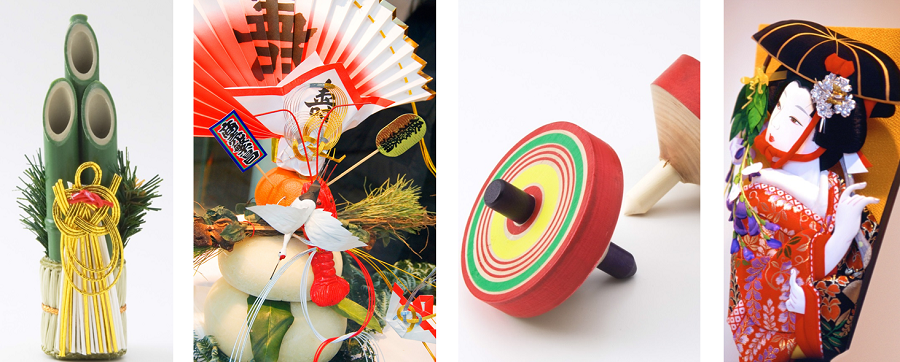
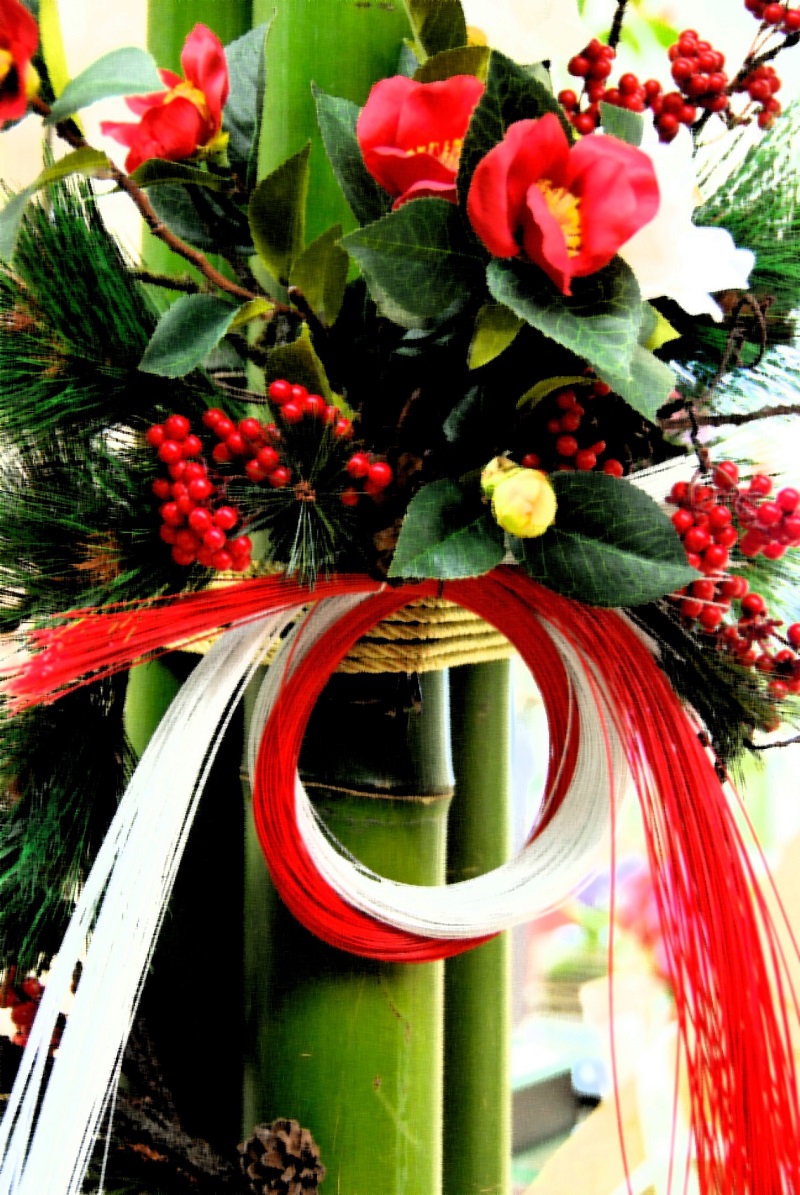
Following event is SEIJIN-SHIKI, coming of age ceremony, held around the SEIJIN no HI. Celebrate and encourage the young people who come of age - 20 years old, in Japan - wishing their bright future.
Though it is the time of mid-winter in Japan and so cold, the people who become adults are hot and excited.
All Japanese men and women who have reached the age of twenty years have the right to vote and are allowed to drink alcohol and to smoke cigarettes.
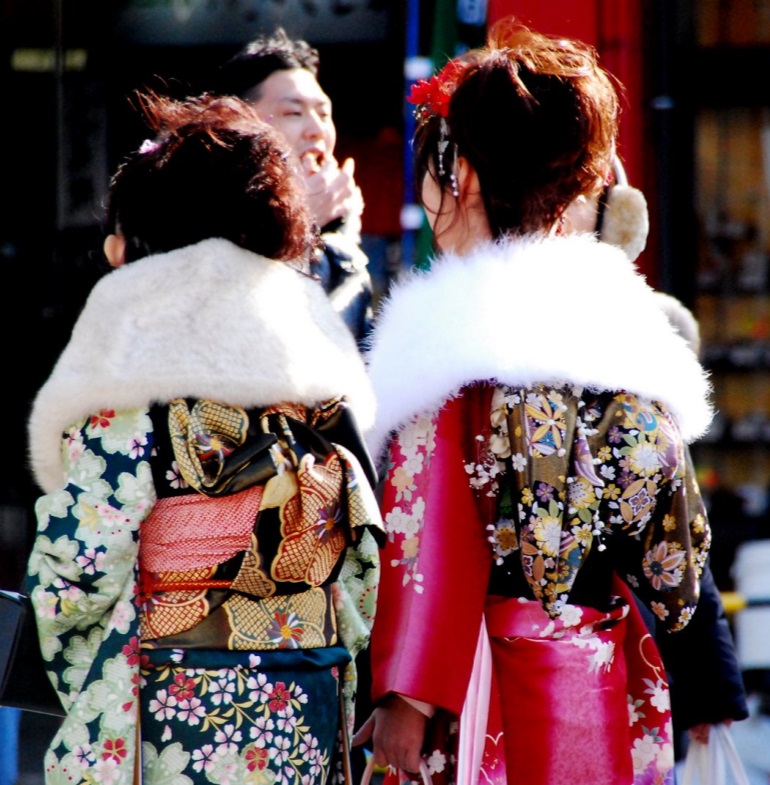
Around national foundation day, UME -plum or Japanese apricot- blossoms are blooming, but it is still snowy in mid Japan.
Students who have entrance exams of junior-high-schools, high-schools or universities are so busy and very nervous, as schools start from April in Japan.
Business persons are busy too, because it is individual income tax season from February to March.
Girls are busy as well, since they have to prepare for St. Valentine's Day.
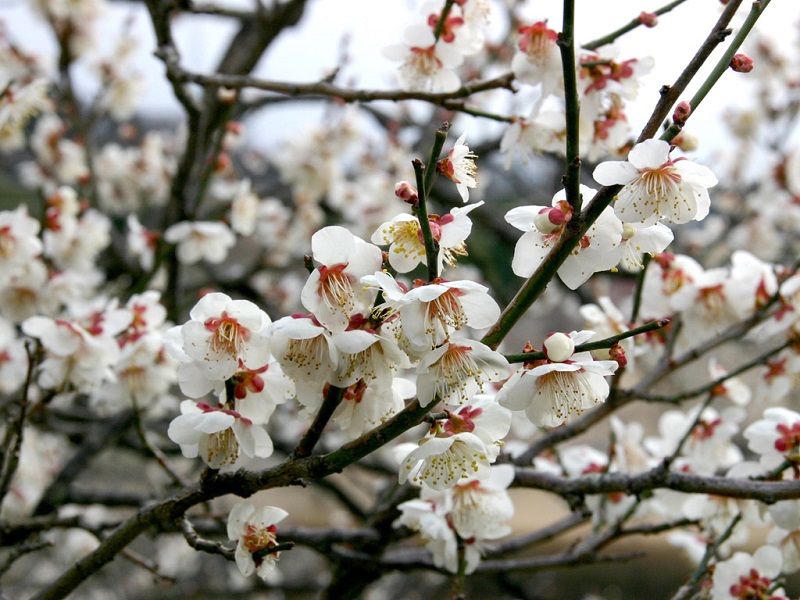
In March, we have two big ceremonies.
One is HINA-MATSURI or MOMO-no-SEKKU, Girls' festival or Japanese dolls' festival, celebrating girls' healthy growth on March 3.
The other is HIGAN, a week around Spring Equinox Day. We visit temples and graves to pay respects to ancestors during HIGAN week.
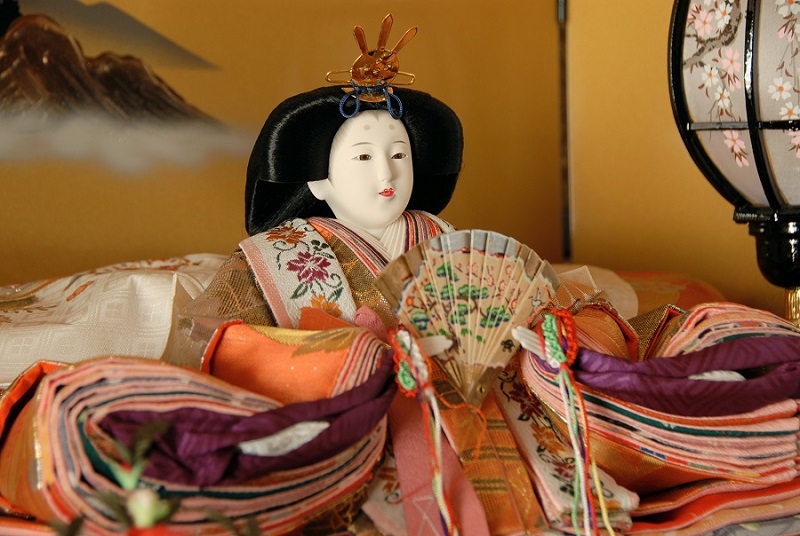
Everything starts from April here in Japan. Many schools and businesses start new years in April, and we feel this month so fresh and hopeful. Beautiful cherry blossoms welcome and encourage new students, new employees and new terms.
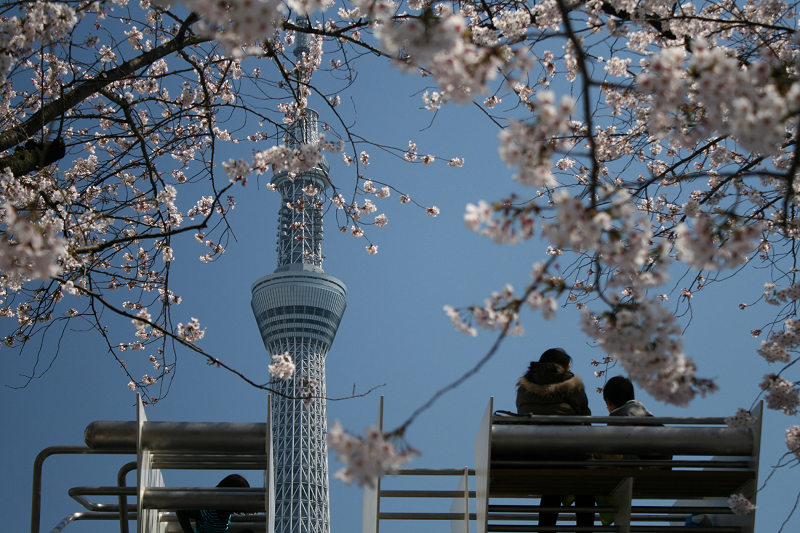
We have consecutive holidays, called Golden Week, from late April to early May, usually go somewhere to enjoy the days off in a low.
The weather is mostly clear and sunny here in Tokyo during the Golden Week holidays and we have lots of fun with events or festivals.
This is also the season in which many flowers bloom, and we can enjoy beautiful Japanese sceneries everywhere.
The Golden Week holidays make us very relaxed and refreshed.
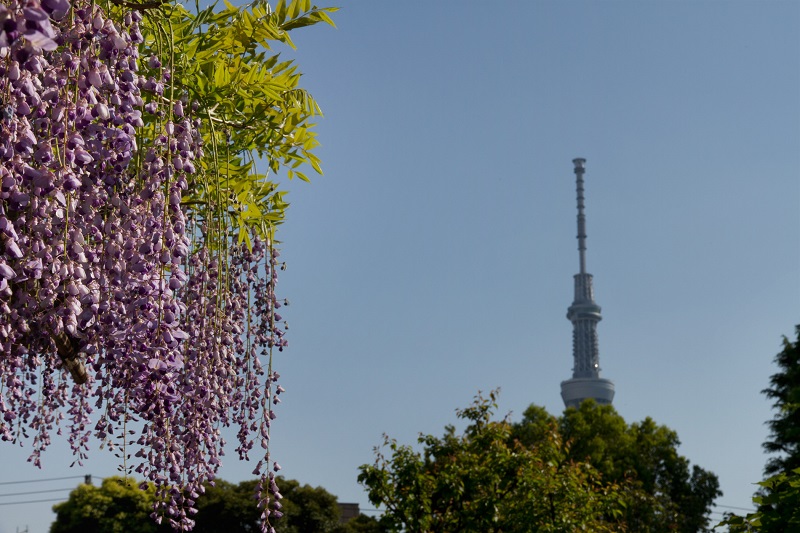
The name of Greenery Day suits very well for this season.
We enjoy the bright green of trees or beautiful flowers blooming in profusion and give thanks to nature.
Mother's Day is celebrated as well here in Japan, sending a bouquet or an arrangement of flowers to show love and appreciation for mothers.
Carnations are the symbol of the Day alike.
It is the second Sunday of May, in Japan.
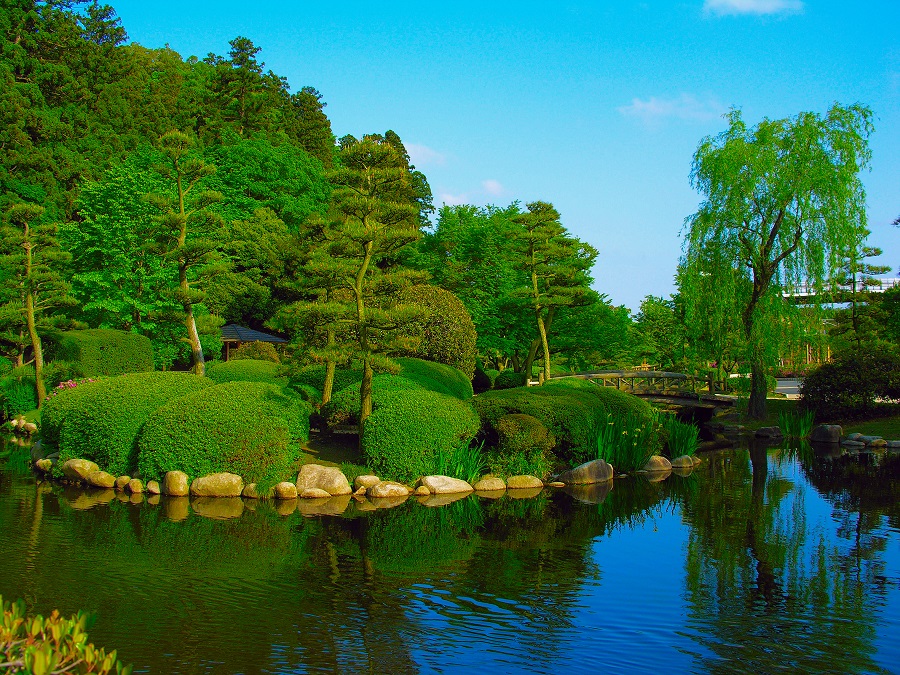
Children's Day is celebrated on May 5 in Japan. It is also called "Tango no Sekku" in our traditional way.
We decorate Gogatsu-ningyo inside and Koinobori outside.
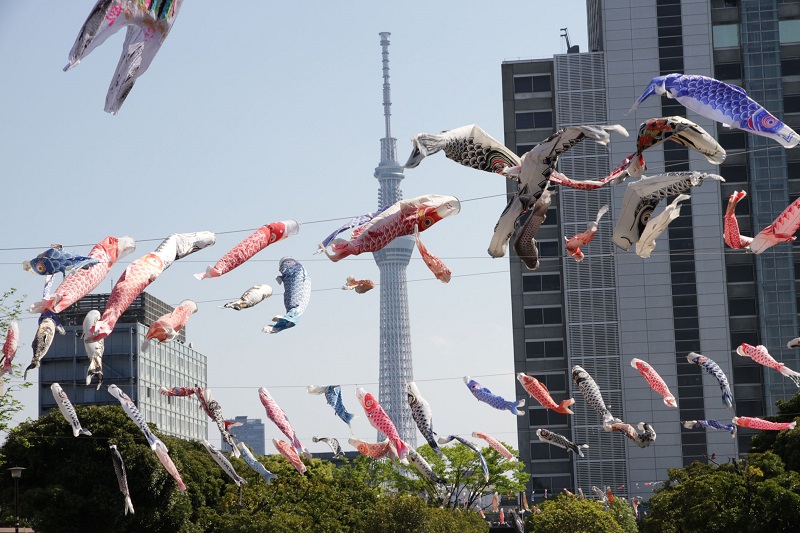
UMI-no-Hi is celebrated on the third Monday in July to give thanks to ocean as an island nation of Japan. It is also a symbol of the start of summer season. Many people enjoy beach trips during summer.
In summer, we have special vacation for around a week in mid-August known as "OBON" or just "BON", not a national holiday but a Japanese traditional Buddhist custom. We go back to our home towns to reunion families and to visit our ancestors' graves.
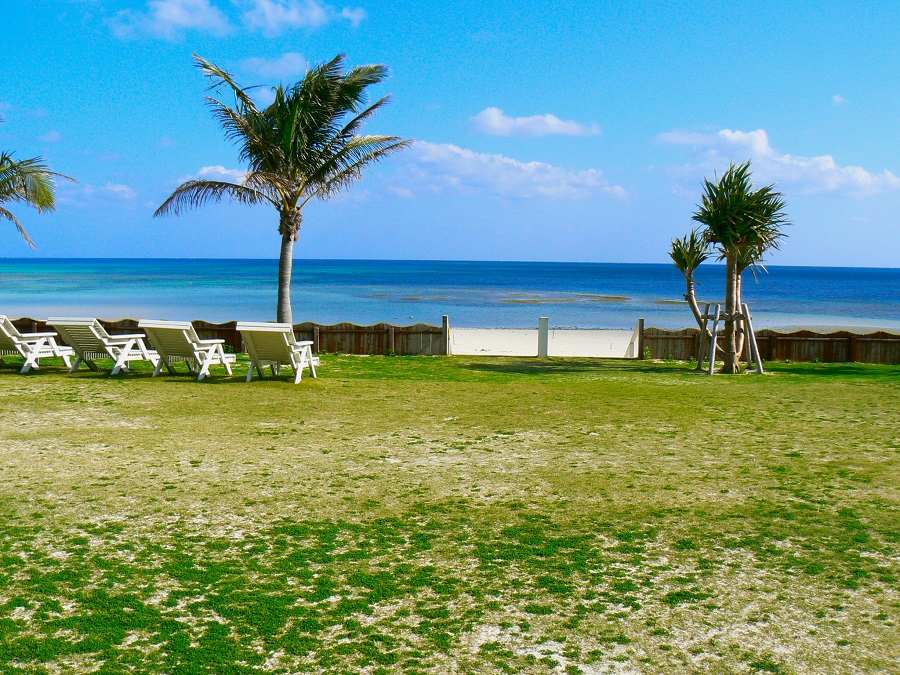
YAMA-no-HI, Mountain Day, has been newly added to our national public holiday in 2016. It is celebrated on August 11 to give thanks to the mountains and to cherrish and gratitude for the bountiful nature.
August is in the mid summer here in Japan. Students enjoy thier long summer vacations.
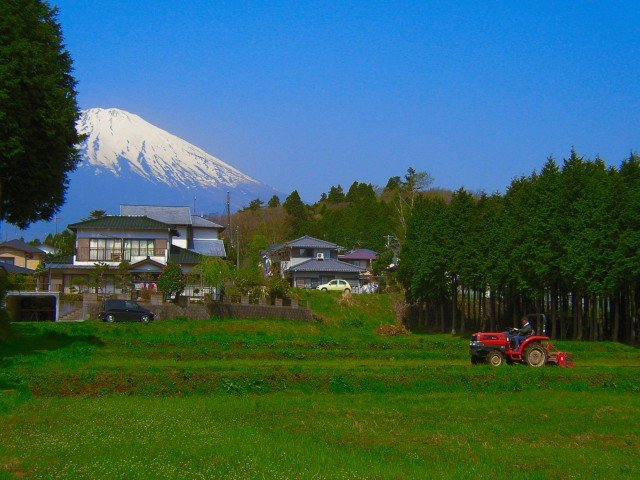
Elderly people are highly respected in Japan. Keiroh-no-hi is a national holiday to respect the elderly, give thanks to them and celebrate/hope their long lives.
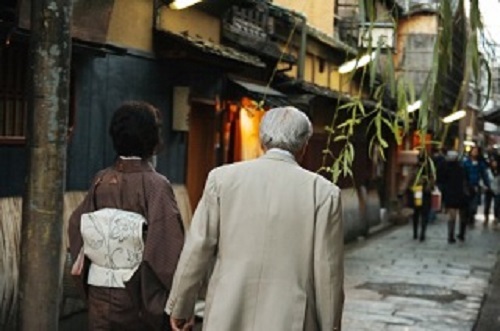
We have a public holiday for equinox day in autumn as same as many country do. Shubun-no-hi is the mid-day of Higan week, tradition of Buddhist, in autumn.
We Japanese often say "atsusa samusa mo higan made" which means that the weather is hot until the equinox day in autumn and it is cold until the spring equinox day. We are expecting Higan even in accordance with the weather, since we have four beautiful seasons we love.
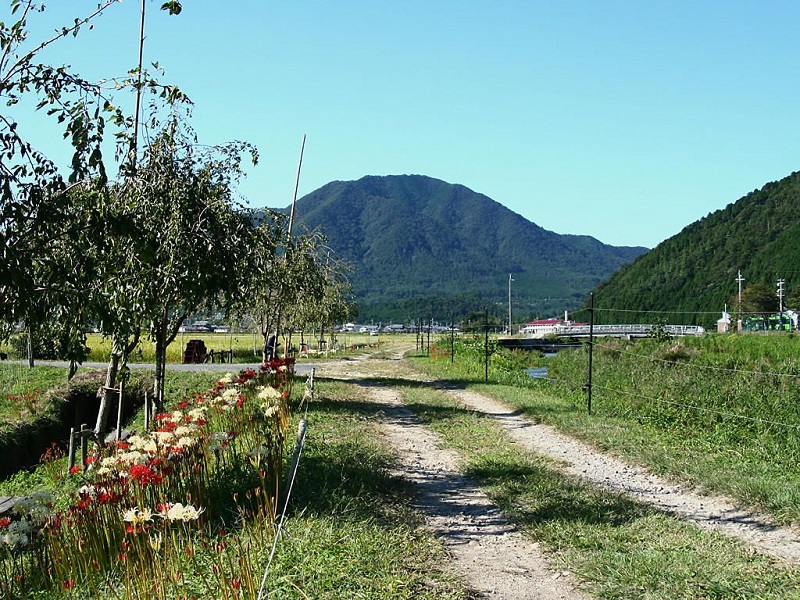
Around Taiiku-no-hi, many events regarding sports and health are held everywhere in Japan. The weather is so fair and mild in this season and we enjoy sports and many events. The picture shows "Ohdama-hakobi" - a game bringing a huge ball as fast as possible - at Undoh-kai, a field day at a primary school.
We love sports a lot and look forward to holding/enjoying the Olympic 2020 in Tokyo.
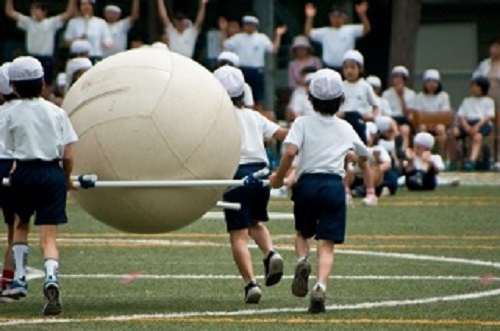

Bunka-no-hi is to promote culture and we enjoy/attend many cultural events/ceremonies on this public holiday.
It is often said "dokusho-no-aki, shokuyoku-no aki" that means "good season to read, good season to eat of autumn" in Japan as this is the most clear and peaceful season and we are motivated/willing to do everything.
You can see Kemari, kicking a Japanese beautiful ball, ceremony which is held on every Bunka-no-hi at Tanzan shrine in Sakurai, Nara, in the big picture.

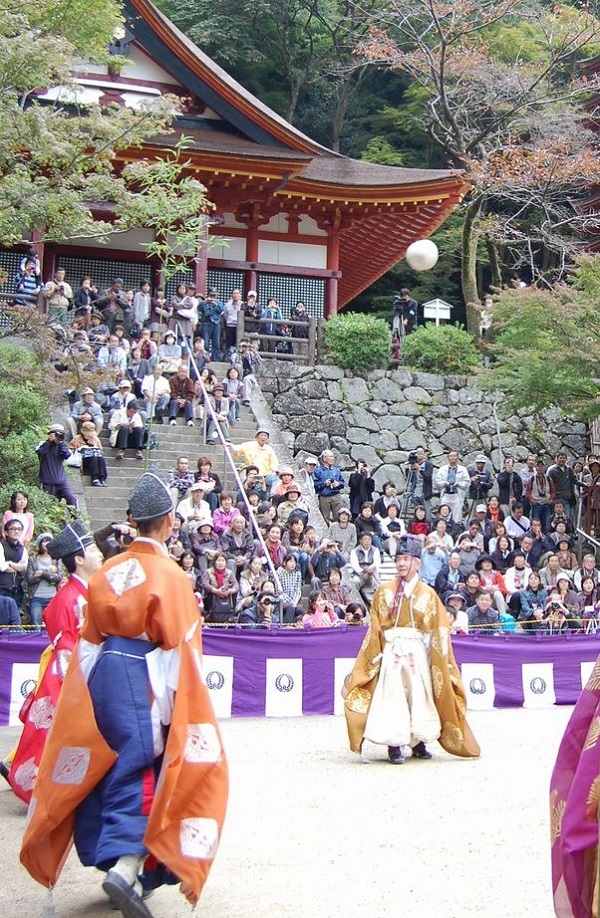
Kinro-Kansha-no-hi is to respect/commemorate labour and production giving mutual thanks.
In November, we Japanese have a traditional festival called Shichi-Go-San, Seven-Five-Three, on 15th to celebrate the growth of children especially the girls aged three or seven and the boys aged three or five.
It is not a national public holiday and the ceremony usually held on the nearest weekend attending shrines dressed traditionally and beautifully.

The Emperor's Birthday is celebrated on December 23 since 1989. Well-wishers attend the ceremony named "Visit of the General Public to the Palace for His Majesty's Birthday" being held at the Imperial Palace. The Emperor, Empress and other members of Imperial Family appear on a balcony of the Palace to greet and the well-wishers congratulate the Emperor's birthday waving the flags handy in size.
Several days from the Emperor's Birthday are the most festive days of the year here in Japan, as school holidays and a holiday season start in this period. The preparations toward the great New Year are also very important and so enjoyable for us.
